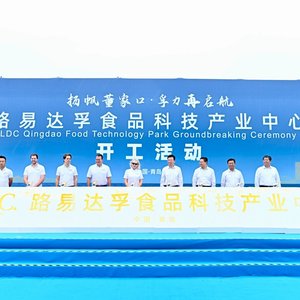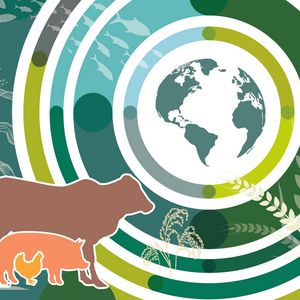First global guidelines for aquaculture certification finalized
The first global guidelines for aquaculture certification have been adopted by the Sub-Committee on Aquaculture of the Committee on Fisheries, part of the UN Food and Agriculture Organization. Over 50 countries attended the meeting of the sub-committee, which is the only global intergovernmental forum discussing aquaculture development.
The guidelines, which are non-binding, cover animal health, food safety, the environment and socio-economic issues relating to aquaculture workers. They will now go to the Committee on Fisheries when it meets in Rome in January 2011 for approval.
If the guidelines are followed in full by countries, certification will enable consumers standing at the fish counter to know whether the shrimp they are considering buying were raised without damaging a coastal mangrove swamp, whether the fish farm worker was paid a fair wage, and whether the shell fish is free of contamination.
Although aquatic animal health and food safety issues have been subjected to certification and international compliance for many years, the new guidelines mark the first time animal welfare, environmental issues and socio-economic aspects have been subjected to compliance or certification.
"These guidelines have been developed to bring some harmony to what is the fastest growing food sector in the world," said FAO aquaculture expert Rohana Subasinghe. "Certification of aquaculture products has proliferated over the years claiming all kinds of things. There was no criteria, no benchmarks or agreed principles. Aquaculture products are globally traded and it is important that we ensure responsible production and consumer satisfaction."
The guidelines were finalized after four years of consultation and debate among governments, producers, processors and traders.
Eighty percent of fish farmers are small-scale, often with a backyard pond for fish or a shrimp pond along the coast. One thorny issue that had to be resolved was how a costly certification process could be engineered so as not to shut small-scale producers out of the market.
The guidelines call on governments to support capacity building of fish producers for developing and complying with aquaculture certification systems. "There are ways for small producers to operate within a modern certification system. For example, in India and Thailand clusters of fish farmers share the costs of certification so they are not too heavy for each farmer," Subasinghe said.










